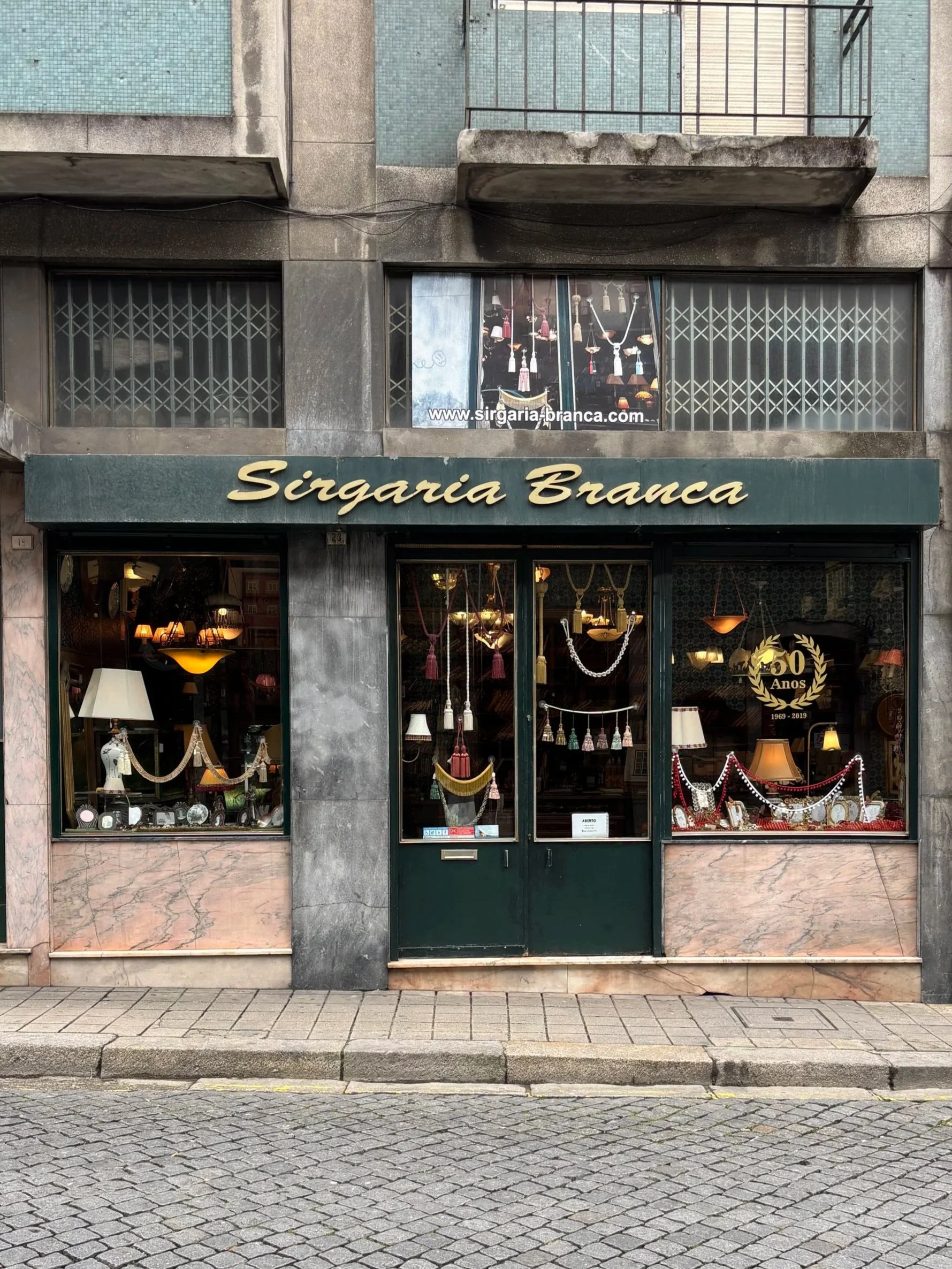The Finishing Touch: The Quiet Luxury of the Tassel
Tassel store, Sirgaria Branca, Porto, Portugal.
A Brief History of Tassels
Tassels have long been symbols of refinement. Their lineage dates back to ancient Egypt, where they adorned garments and were often woven with precious threads. In Renaissance Europe, tassels became emblems of wealth and nobility, often hand-crafted by guild artisans in France and Italy. These artisans practiced the intricate craft of "passementerie" — a term that refers to the elaborate decorative trimmings and edgings used in both fashion and interiors.
By the 18th and 19th centuries, no aristocratic drawing room was complete without tassels framing velvet drapes or crowning the ends of chaise longues. Their decorative function extended to ecclesiastical garb, military uniforms, and even horse regalia. Today, their presence is more measured, but no less potent.
What Defines a Good Tassel?
In a time when mass production has diluted detail, the mark of a quality tassel lies in its materials and construction. Look for:
Natural fibres: Cotton, silk, or wool tend to drape more beautifully than synthetic alternatives.
Hand-wrapped skirts: Rather than glued or machine-stitched, the thread should be wrapped and bound with care.
Weight and fall: A tassel should have enough substance to hang with intention, not float or tangle.
Knotting and detail: Examine the head of the tassel—is it knotted, beaded, or adorned with rosettes? These intricacies matter.
Styling Tassels in the Home
When used sparingly and with intent, tassels can infuse a room with a sense of tailored luxury. Here are a few of our favourite ways to incorporate them into the home:
1. Furniture
A large, silk tassel hung from an antique piece of furniture such as a wardrobe or desk key is a small indulgence that adds charm to an office, bedroom or dressing room. Choose one with enough visual weight to feel substantial in hand. It is nice to choose the colour of the tassel to compliment the other colours in the room, for example, if you have light blue pillow covers, adding a light blue tassel to a wardrobe can tie the room together more strongly. It is the small details that bring a room together.
2. Drawer Pulls & Handles
Add a tassel on the pull of a chest of drawers or side tables. This works particularly well in guest bedrooms or powder rooms, where every detail feels curated and intentional.
3. Curtains & Drapery
This is a classic and traditional application. Tie-backs or holdbacks adorned with braided tassels can elevate even simple linen curtains. In a contemporary setting, opt for monochrome tones to keep the feel of the room harmonious and minimalistic.
4. Handbags & House Keys
Beyond interiors, I like to add a tassel to my handbag and keys. I feel that it adds a little extra interest to a simple bag and also helps me locate my keys easier at the bottom of my bag!
5. Lamps
I think another way to use tassels is to add one or two to the neck of a lamp. These subtle applications introduce texture and heritage in unexpected places.
Where to Source
Antique shops and estate sales are treasure troves for vintage tassels. In Europe, specialty passementerie shops still exist in cities like Paris, Lisbon, and Venice. Look for brands that value artisanal heritage and use traditional looms. Atelier collections often offer custom colours or knotting styles to suit specific interiors.
If buying new, seek out makers who handcraft with natural fibres and produce in small batches, Etsy can be a good option for this.
In the photo at the beginning of this post, I found this beautiful little store in Porto, Portugal, Sirgaria Branca, that sells beautiful tassels that are handmade in Portugal and Spain.
The Psychology of Ornament
Studies in interior design psychology show that ornamental detail, like tassels, can evoke a sense of comfort, nostalgia, and even emotional grounding. In contrast to the starkness of hyper-modern spaces, objects with tactility and history remind us of human hands and cultural roots. Tassels, with their gentle swing and intricate threads, quietly humanise a space.





